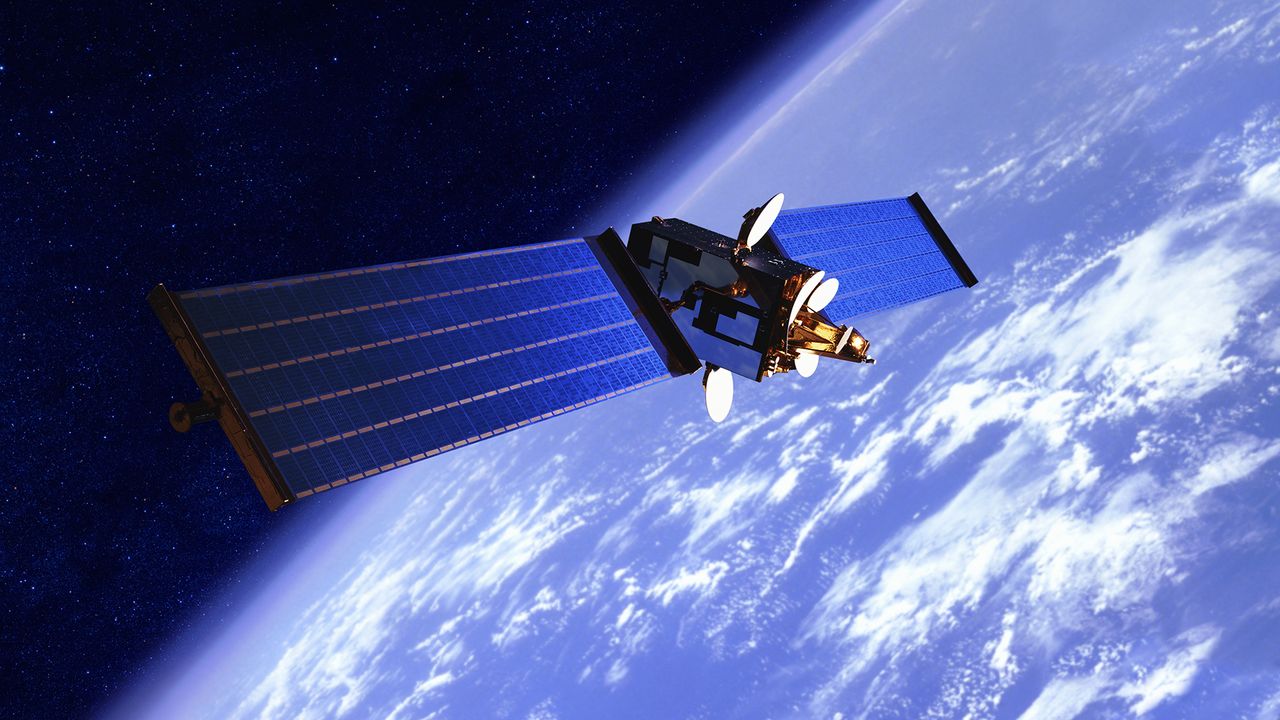
- Google plans to deploy AI data centers in orbit using solar-powered satellite constellations
- Each Suncatcher satellite would operate in a sun-synchronous low Earth orbit for continuous solar exposure.
- Bench tests achieved 1.6 terabits per second between transceivers under controlled conditions
Google’s “Project Suncatcher” presents an ambitious idea: putting fully functional AI data centers into orbit.
These orbital platforms would consist of a constellation of compact satellites operating in a low-Earth orbit synchronized with the sun between dawn and dusk, designed to capture nearly continuous sunlight.
Each unit would house machine learning hardware, including TPUs, powered by solar energy collected more efficiently than on Earth.
A radical concept for orbital computing
The setup aims to reduce reliance on heavy energy storage and test whether computing beyond Earth’s atmosphere can be scalable and sustainable.
The research team proposes communication between satellites at bandwidths comparable to those of terrestrial data centers.
Using dense multi-channel wavelength division multiplexing and spatial multiplexing, satellites could theoretically reach tens of terabits per second.
To close the gap in signal strength, the satellites would fly just hundreds of meters from each other, enabling data transfer speeds that a bench-scale test has already demonstrated at 1.6 Tbps.
However, maintaining such close formations requires complex orbital control, modeled using Hill-Clohessy-Wiltshire equations and refined numerical simulations to counteract gravitational and atmospheric effects.
According to Google, its Trillium Cloud TPU v6e with a proton exposure of 67 MeV revealed no critical damage even at doses that far exceeded expected orbital levels.
The most sensitive components, the high-bandwidth memory subsystems, showed only minor irregularities.
This finding suggests that existing TPU architectures could, with limited modifications, support low-Earth orbit conditions for extended missions.
However, economic viability remains uncertain, although anticipated reductions in launch costs may make deployment plausible.
If prices fall below $200 per kilogram by the mid-2030s, the expense of launching and maintaining space data centers could approach parity with terrestrial facilities when measured per kilowatt-year.
However, this assumes long-term reliability and minimum service requirements, both of which have not yet been tested at scale.
Despite promising signs, many aspects of Project Suncatcher are based on theoretical models rather than field validation.
The upcoming partnership with Planet, which will deploy two prototype satellites by 2027, will test optical interlinks and TPU performance in real orbital conditions.
Whether these in-orbit facilities can move from a research experiment to operational infrastructure depends on sustained advances in power management, communications stability, and cost efficiency.
Follow TechRadar on Google News and add us as a preferred source to receive news, reviews and opinions from our experts in your feeds. Be sure to click the Follow button!
And of course you can also follow TechRadar on TikTok for news, reviews, unboxings in video form and receive regular updates from us on WhatsApp also.



